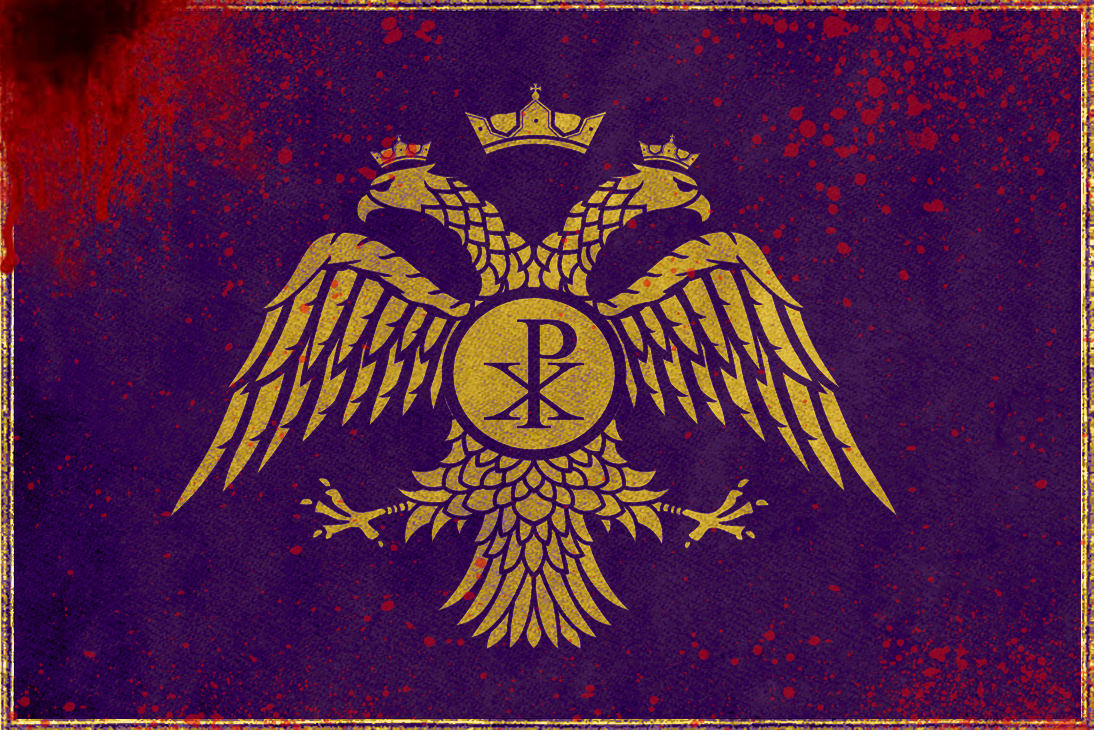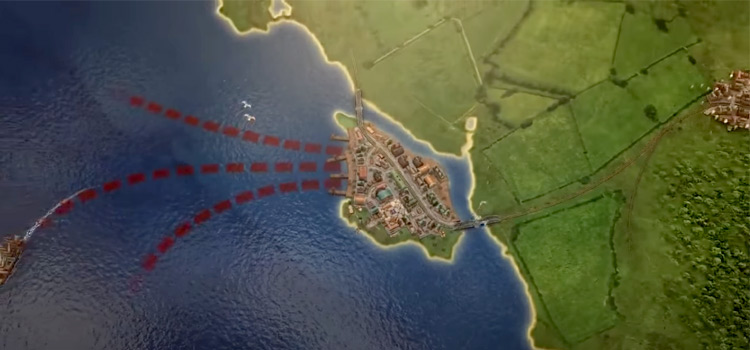

While Rio Grande do Sul isn't surrounded by three Great Powers, it starts the game at war with Brazil, which is bigger, richer and can build enough of an army to crush their little secessionist insurrection in a matter of a few months, and most importantly, they can afford to take losses, while the tiny Riograndense Republic can't, and time is also against them because they are too small to afford the maintenance of an army large enough to stand a chance for too long. To put it briefly, the Republic of Rio Grande do Sul is like the huehuehue version of Krakow: they start with about the same population as Krakow, except for being dispersed over a few more provinces, and only 10% of such population is literate at the game start. There was one country I really wanted to do a Let's Play of in Vicky 2, if only if it was featured in vanilla, as the Brazilian Slaughter complained about, but thankfully, the Pop Demand mod fixed the ahistorical nonexistence of such short-lived country that is on par with Krakow regarding its odds of becoming a Great Power, or even surviving.
 1910 - 1936: Rise of the Libertadores, Fall of the United States, the Rise of Amerikwan National-Socialism and the influence of Hitler's migration to New York. America, the final battlefield of the Great War. Bitter peace in Europe, the Rise of the German Nazi Party and of BEST KOREA. Battle of Kumasi, the beginning of a Lost Generation.
1910 - 1936: Rise of the Libertadores, Fall of the United States, the Rise of Amerikwan National-Socialism and the influence of Hitler's migration to New York. America, the final battlefield of the Great War. Bitter peace in Europe, the Rise of the German Nazi Party and of BEST KOREA. Battle of Kumasi, the beginning of a Lost Generation.  I am become ITZ, the destroyer of Kwans. The Porto Alegre-Berlin Internationale and the Greatest Betrayal of World History. The red in our flag is casting a stronger shade. Liberdade, Freiheit, Libertà, Liberté, Libertate, Svóboda, Wolność. Intro: The Glory of the Republic and the Brazilian Slaughter(right here). Red morocco, on boards with a frame of gold and blind fillets, floral corner-pieces and centrepiece. 73v-108v: Pauline Epistles (Romans, Corinthians, Galatians, Ephesians, Philippians, Colossians, Thessalonians, Timothy, Titus, Philemon, Hebrews)ĭecoration: each book and Epistle, together with their prologues, has a 7- to 4-line illuminated initial, mostly decorative but some have figural motifs (ff. 1r- 51r: New Testament with the Gospelsįf. Script: small and highly abbreviated Gothic hand.įf. i (17th-century paper) + 116 + ii (17th-century paper) ff. Foliation: very thin parchment (‘uterine’).
I am become ITZ, the destroyer of Kwans. The Porto Alegre-Berlin Internationale and the Greatest Betrayal of World History. The red in our flag is casting a stronger shade. Liberdade, Freiheit, Libertà, Liberté, Libertate, Svóboda, Wolność. Intro: The Glory of the Republic and the Brazilian Slaughter(right here). Red morocco, on boards with a frame of gold and blind fillets, floral corner-pieces and centrepiece. 73v-108v: Pauline Epistles (Romans, Corinthians, Galatians, Ephesians, Philippians, Colossians, Thessalonians, Timothy, Titus, Philemon, Hebrews)ĭecoration: each book and Epistle, together with their prologues, has a 7- to 4-line illuminated initial, mostly decorative but some have figural motifs (ff. 1r- 51r: New Testament with the Gospelsįf. Script: small and highly abbreviated Gothic hand.įf. i (17th-century paper) + 116 + ii (17th-century paper) ff. Foliation: very thin parchment (‘uterine’).







 0 kommentar(er)
0 kommentar(er)
